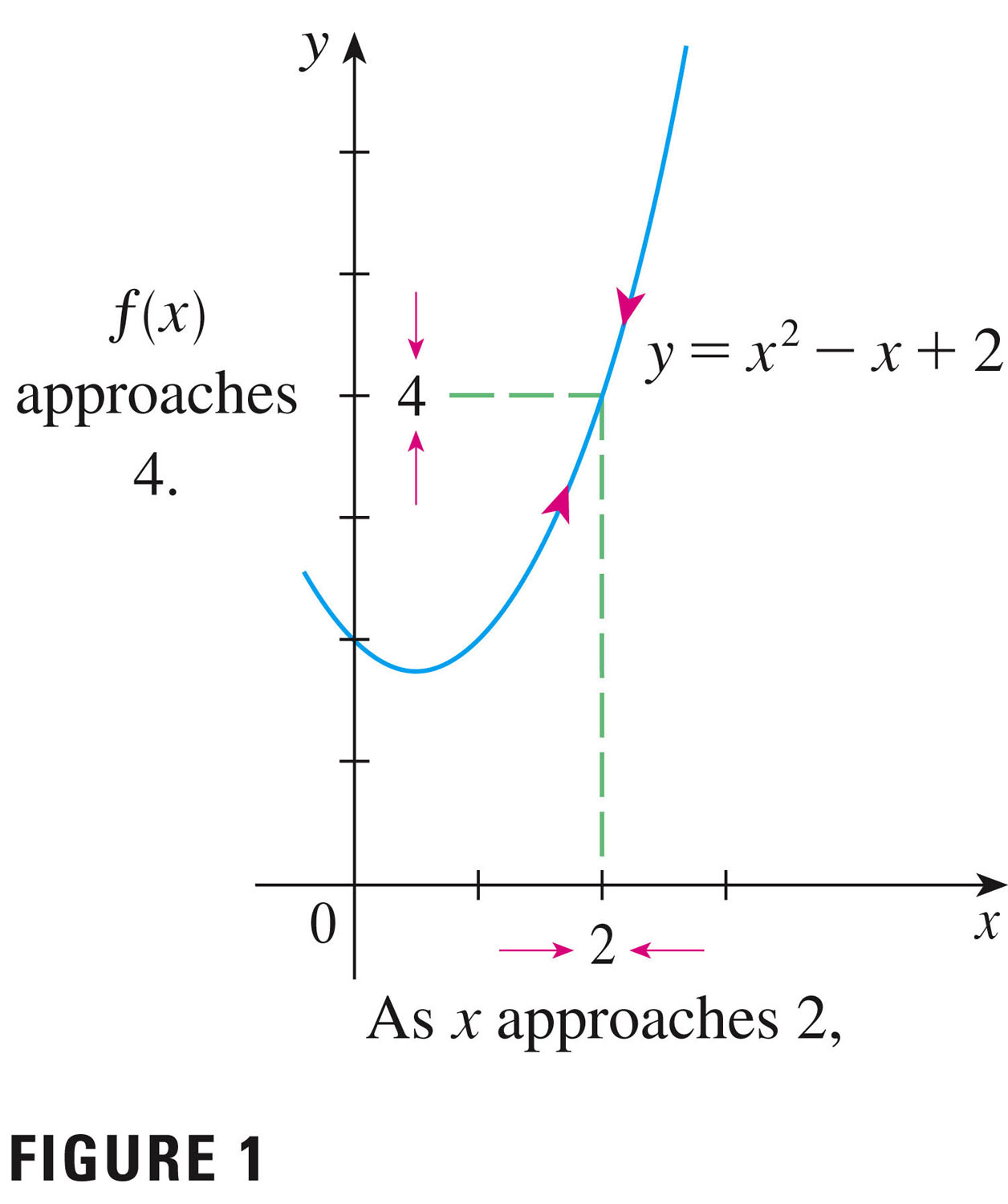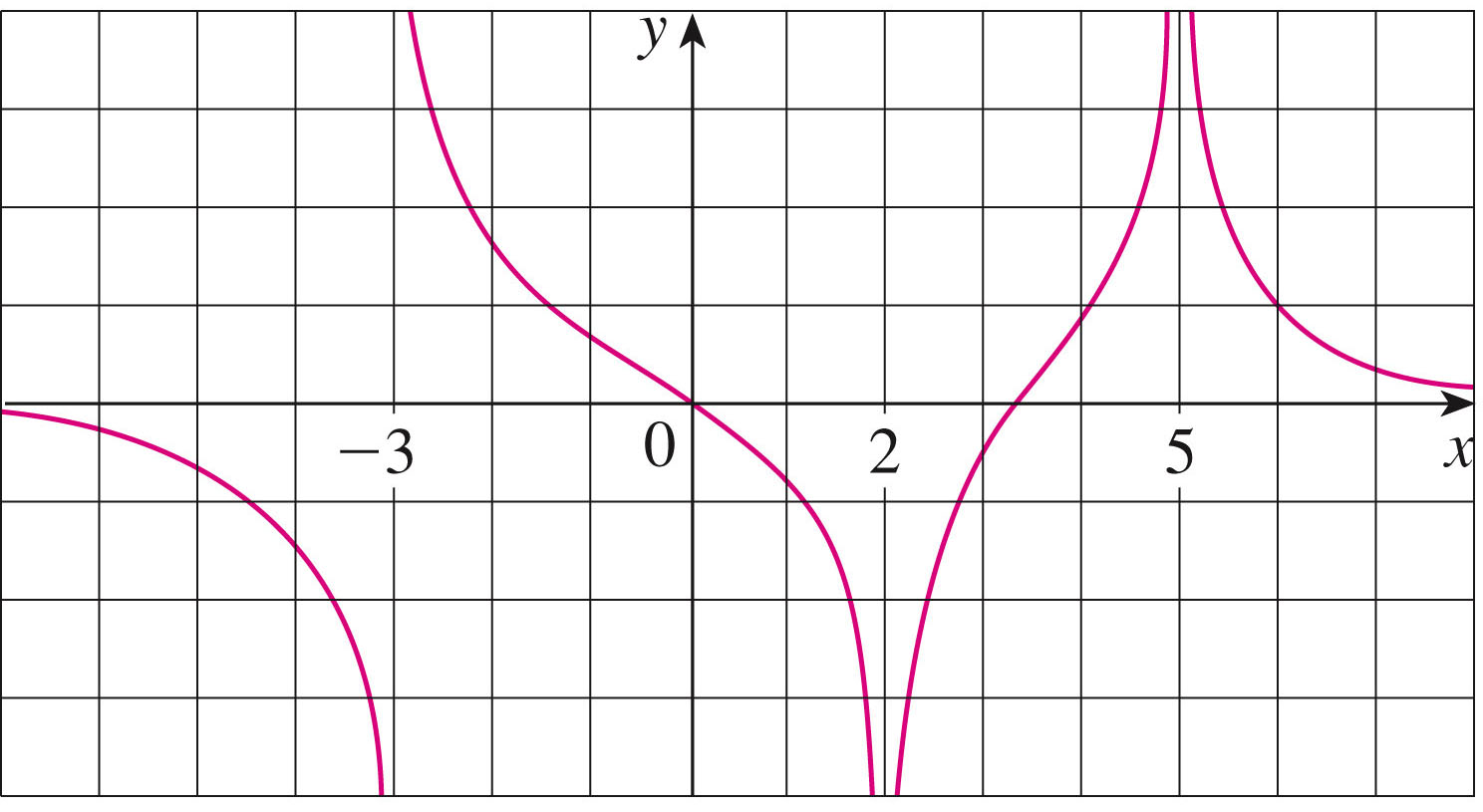- For today, you were to read Section 1.3 in
our text, and carry out Preview Activity 1.3.1.
- You were also asked to carry out the following two
exercises: Section 1.1, #8; Section 1.2, #7.
Any questions on those? We'll look over the solutions next time.
- For next time: no new reading. We're going to continue discussing
Section
1.3: The derivative of a function at a point.
Your "preview" for Wednesday is to "Explore" two of the "GeoGebra" examples mentioned in this section (there are questions at the end of each); these are the work of Marc Renault, at Shippensburg University:
- I'd like you to use Desmos in class next time (or something
similar, so that you can do some graphing); bring a laptop or
tablet, if you can. Otherwise, maybe you can lean over the
shoulder of someone who's got such a device.
- You should have received an email about an IMath assignment;
please carry that out prior to Wednesday.
- Roll
- Let's talk about your quizzes:
- Something of a key
- Secant lines -- passing through two points (which we can determine from the formula for \(h(t)\) at the two times)
- Average velocity (slope of the secant line) -- instantaneous
velocity is the slope of the "tangent line": the line which
just kisses the curve at a point.
Connections: Since we can see the secant line, and that its slope is negative, we know that the average velocity must be negative, too!
- We need to know point-slope and slope-intercept forms of lines: \[ y-y_1 = m(x - x_1) \] \[ y = mx + (y_1 - m x_1) \equiv mx + b \] Notice that we must have independent and dependent variables in each (in this general case, \((x,y)\), but in the specific case here we might have used \((t,h)\)).
- Last time: we were looking into Section
1.2: the notion of limit in
our text. We were discussing limits such as
\[
\lim_{x \to 5}f(x)
\]
and so-called "one-sided limits", i.e.
\[
\lim_{x \to 5^-}f(x)
\]
(from the left side) and
\[
\lim_{x \to 5^+}f(x)
\]
(from the right).
This figure presents us with the basic idea:

So we would say that
\[ \lim_{x \to 2}f(x)=4 \]
limit of $f(x)$ as $x$ approaches $a$: Suppose function $f(x)$ is defined when $x$ is near the number $a$ (this means that $f$ is defined on some open interval that contains $a$, except possibly at $a$ itself.) Then we write \[ \lim_{x \to a}f(x) = L \] if we can make the values of $f(x)$ arbitrarily close to $L$ by taking $x$ to be sufficiently close to $a$ but not equal to $a$. We say that ``the limit of $f(x)$ as $x$ approaches $a$ equals $L$.'' The intuitive idea is that in the neighborhood of $a$, the function $f$ takes on values close to $L$, and those values get closer the closer we get to \(a\).
Questions:
- In the figure above ("FIGURE 1"), what is $a$, and what is $L$?
- To what class of functions does $f$ belong?
- Do limits care about what happens exactly at $a$?
We can approach $x=a$ from the left or from the right. We define limits from the left and from the right, and then say that the limit exists as $x$ approaches $a$ if and only if the limits from the left and right exist, and agree: if the limit as $x$ approaches $a$ from the left, \[ \lim_{x \to a^-}f(x) = L \] and the limit as $x$ approaches $a$ from the right, \[ \lim_{x \to a^+}f(x) = L \] then the limit as $x$ approaches $a$ exists, and \[ \lim_{x \to a}f(x) = L. \]
- Let's take a look at our worksheet
from last time. Desmos can help us
investigate that somewhat ugly function....
- Last time we talked about discontinuity, but I didn't
define "continuity": how do you discuss discontinuity without a
good definition of continuity?:)
The graphs of all functions are not necessarily smooth, or even connected!
The best case scenario is when the limit exists at a point, the function exists at that point, and the limit is the same as the function value: \[ \lim_{x \to a}f(x) = f(a). \] If that is the case, we say that \(f\) is continuous at \(a\).
This graph shows us that the function \(g\) is continuous at \(x=-1\):
\[ \lim_{x \to -1}g(x)=3=g(-1) \]
But this graph also illustrates that there are three things that can go wrong:
- The function may not exist at a point
- The limit may not exist at a point
- The two may exist but not agree.
Why is continuity in a graph important? We interpret the derivative as the slope of the tangent line (the limit of secant lines!) at a point. You can frequently look at a graph and see where things go awry. For example, if there's no tangent line at a point, then there's no instantaneous velocity! And at any point of discontinuity, it's impossible to create a tangent line (so there's no derivative).
- Because there are some musicians in here, I
thought that we'd listen to the sound
of a function.... In particular, I want you to listen for
the "sounds of discontinuity".
- Preview: I'll have you start by bringing out your preview
activity, and chatting with your new best friend about it for a
few minutes. If any questions arise, we'll address those in
five minutes.
This should look familiar because we did something similar last class, in the case of the function \[ f(x)=9-x^2 \] a preview of a preview!:)
- Why are we concerned with "limits"? Here's why:
The most important definition in calculus is the definition of the derivative (here is the derivative of $f$ at $a$):
\[ f'(a)=\lim_{h\to 0}{\frac{f(a+h)-f(a)}{h}} \]
And that's why we're so concerned about limits! Memorize this definition. Be able to write it at a moment's notice.We've seen this in another form as well:
$f'(a)=\lim_{x\to a}{\frac{f(x)-f(a)}{x-a}}$ This was defined as the slope of the tangent line to a curve (provided the tangent line exists).
- Let's Review a few things, stemming from this "limit definition of the derivative":
- Function representation -- tables, graphs, algebraic expressions
- Variables -- independent and dependent. [In the first limit above, the independent variable is actually $h$ for a fixed value of $x$: \(x=a\).]
- Domains and Ranges
- Function composition (remember this in the case of "frequency modulation" of a sine wave in our "sound functions".
- Ratios!
- Indeterminate things... (division by 0)
In particular, we're only going to have indeterminacy in our derivative if the numerator goes to 0 when the denominator goes to 0. But that only happens if \[ \lim_{h\to 0}(f(a+h)-f(a))=0 \] This happens when the limit exists, and is equal to the function value. This is equivalent to \[ \lim_{h\to 0}f(a+h)=f(a) \] In order for this to be true, it must be the case that $f$ is continuous at $x=a$.
We see, therefore, that a derivative exists at $a$ only if the function is continuous there. But not vice versa. A function continuous everywhere does not necessarily have a derivative everywhere -- can you think of one?
- Now what is our first practical illustration of limits? The
calculation of slopes (and thus equations) of tangent lines.
The derivative of a function at a point gives the slope of the tangent line there -- provided it exists.
We've already seen how the secant lines approach the tangent line for a smooth curve. It's one of the first important problems we'll want to address in calculus. It's why we're interested in limits of things at the outset.
We usually find the equation of a line using two points, or a point and a slope. The secant line method approaches the tangent line at a point by using a succession of nearby points that are ever closer to the point of tangency: see, for example, this code suggested by our authors, the work of David Austin of Grand Valley State University:
The secant line method approaching the tangent line
The tangent ("touching") line osculates ("kisses") the curve at this point.
Notice the focus on linear functions: linear functions are the most important functions in calculus.
Once we have the derivative at $x=a$, we can write the equation of the tangent line, graph of linear function $y=T(x)$, using "point-slope" form: \[ y - f(a) = f'(a)(x-a), \] or \[ y = f'(a)(x-a) + f(a). \] It's that simple!
- Infinite limits
- Limits may be infinite (one-sided, perhaps). Here's how we
define that:
infinite limits for $\displaystyle f(x)$ as $\displaystyle x$ approaches $\displaystyle a$: \[ \lim_{x \to a}f(x) = \infty \] means that the values of $\displaystyle f(x)$ can be made arbitrarily large (as large as we please) by taking $\displaystyle x$ sufficiently close to $\displaystyle a$ (but not equal to $\displaystyle a$). Similarly we can define \[ \lim_{x \to a}f(x) = -\infty \] and one-sided limits such as \[ \lim_{x \to a^-}f(x) = \infty {\hspace{1.5in}} \lim_{x \to a^+}f(x) = \infty \]

In any of these cases, we define a vertical asymptote of the curve $\displaystyle y=f(x)$ at $\displaystyle x=a$.
- Limits may be infinite (one-sided, perhaps). Here's how we
define that:
- Then it's on to today's activities, which involve solidifying your
understanding of these ideas. Your
worksheet for today.
- My freshman physics professor at Miami University, Prof. Don C. Kelly wrote The Little Book of Calculus. Self-Help Guide to Calculus. It's a neat "little" (50 some pages) resource produced by him and his kids/grandkids. Check out page 12, limits, in particular.
